29+ SAMPLE Advocacy Strategy Plan
-
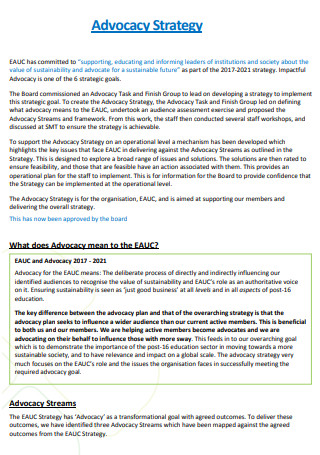
Advocacy Strategy Plan
download now -
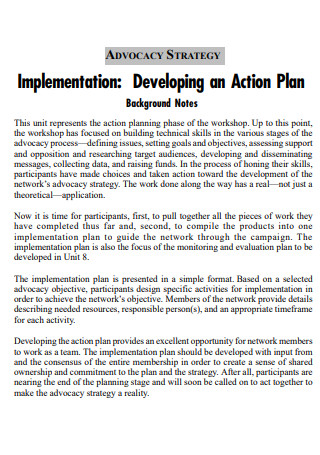
Advocacy Strategy Action Plan
download now -
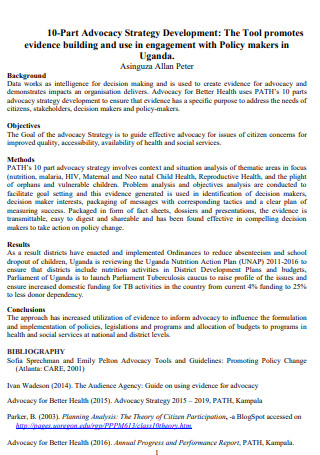
Advocacy Strategy Development Plan
download now -
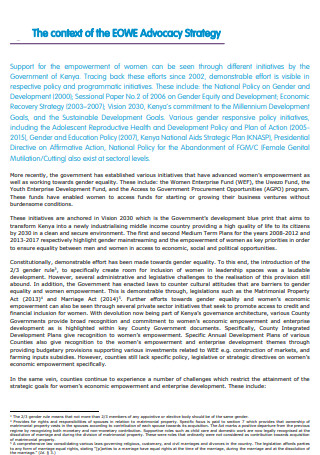
Sample Advocacy Strategy Plan
download now -

Advocacy Strategy Implementation Plan
download now -
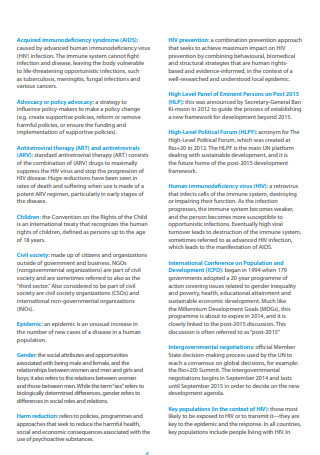
Simple Advocacy Strategy Plan
download now -
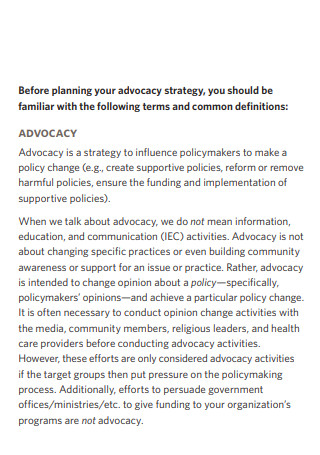
Mapping Advocacy Strategy Plan
download now -
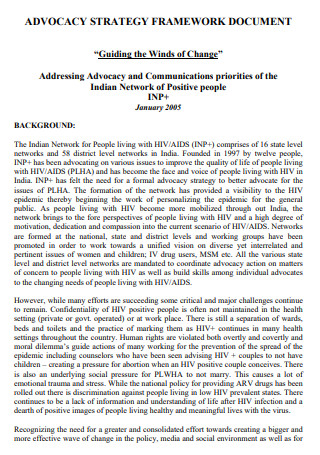
Proposed Advocacy Strategy Plan
download now -
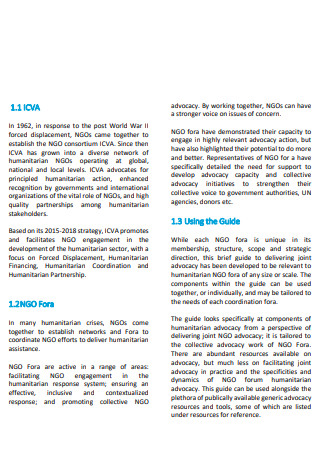
Joint Advocacy Strategy Plan
download now -
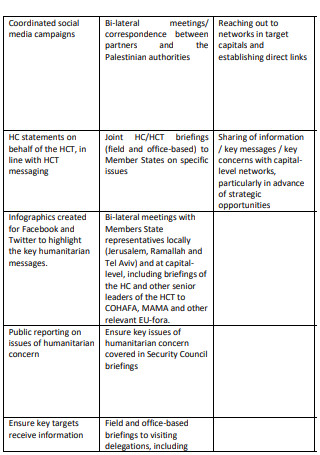
Draft Advocacy Strategy Plan
download now -
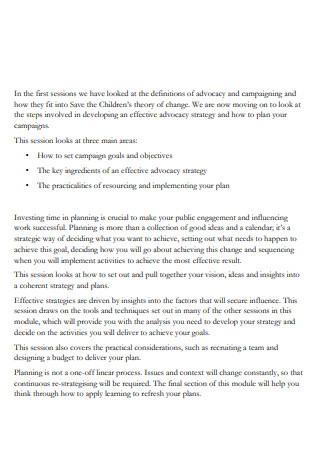
Advocacy and Campaigning Strategy Plan
download now -
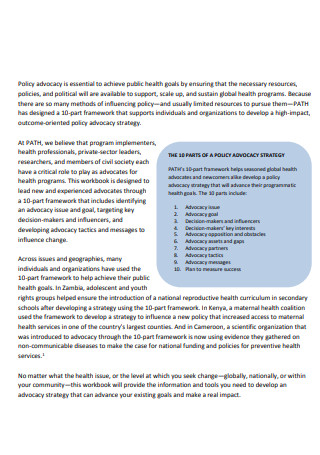
Policy Advocacy Strategy Development Plan
download now -
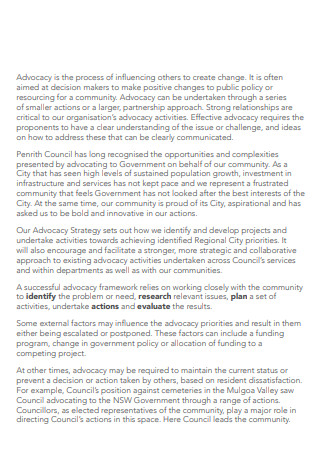
Advocacy Strategy Plan Example
download now -
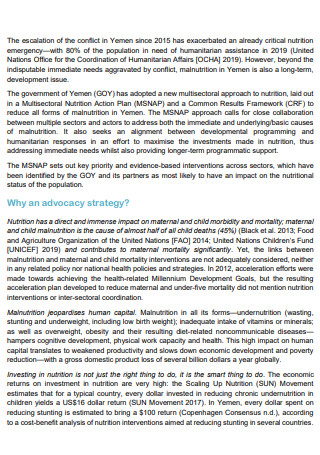
Advocacy Strategy Nutrition Action Plan
download now -
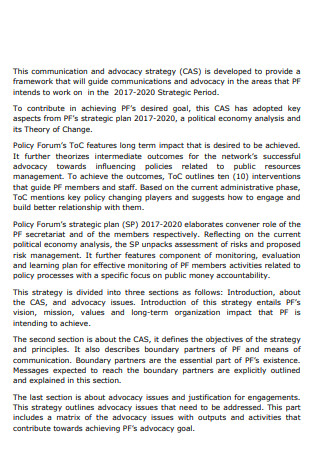
Communication And Advocacy Strategy Plan
download now -
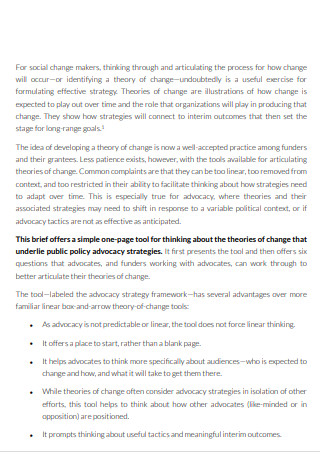
Framework for Advocacy Strategy Plan
download now -
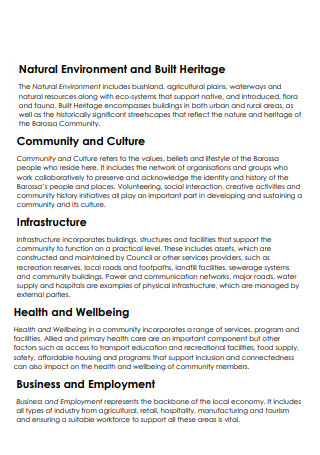
Advocacy Strategy Plan Template
download now -
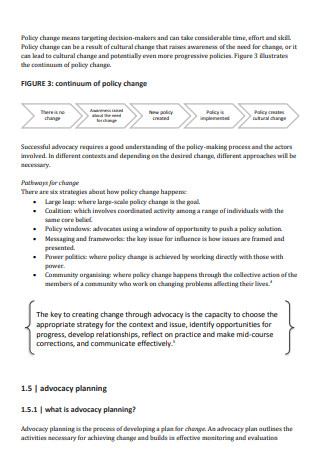
Anti Corruption Advocacy Strategy Plan
download now -

Standard Advocacy Strategy Plan
download now -
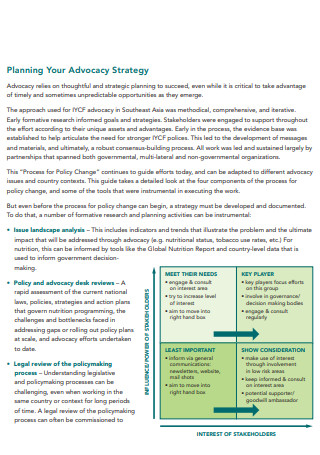
Public Advocacy Strategy Plan
download now -
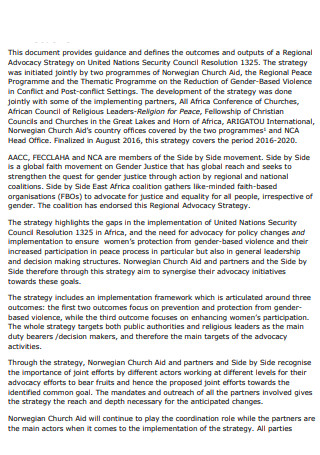
Regional Advocacy Strategy Plan
download now -

Advocacy Strategy Group Plan
download now -
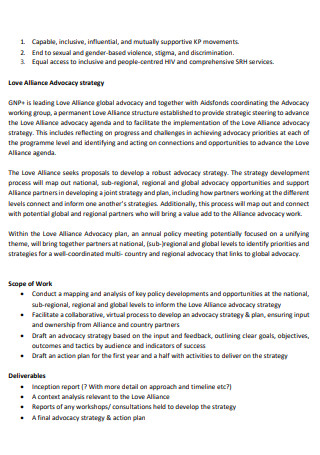
Basic Advocacy Strategy Plan
download now -
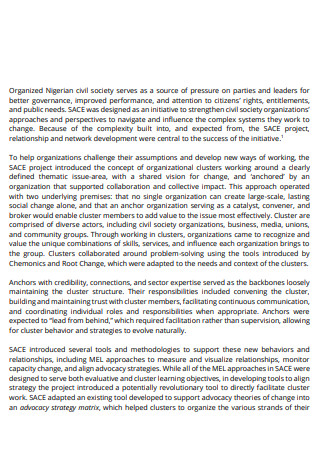
Advocacy Strategy Matrix Plan
download now -
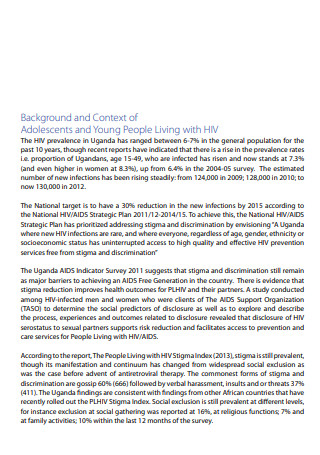
Advocacy Strategy Plan for Adolescents
download now -
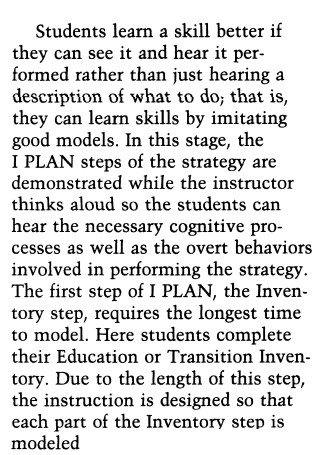
Self Advocacy Strategy Plan
download now -
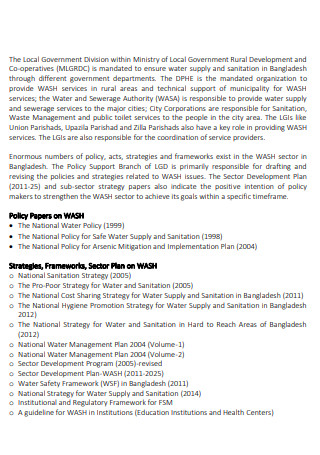
General Advocacy Strategy Plan
download now -
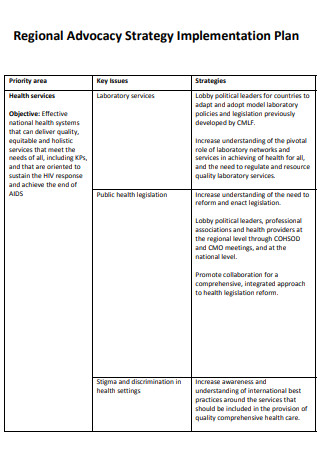
Regional Advocacy Strategy Implementation Plan
download now -

Climate Advocacy Strategy Plan
download now -

Consultancy Advocacy Strategy Plan
download now
FREE Advocacy Strategy Plan s to Download
29+ SAMPLE Advocacy Strategy Plan
What Is an Advocacy Strategy Plan?
Examples of Advocacies
Qualities Needed In Advocacy Work
How to Create an Advocacy Strategy Plan
FAQs
What are some advocacy strategies?
How do you prepare an advocacy strategy?
How do you create an advocacy action plan?
What Is an Advocacy Strategy Plan?
An advocacy strategy plan is a comprehensive plan that lays out the various action steps and strategies of an advocacy-based campaign. The plan can contain several sections, including a background and analysis of the advocacy.
According to an article by Citizens’ Committee for Children, impactful and effective advocacy can entail a wide range of activities such as research, budgeting, legislation, policy analysis, community organizing or mobilization, lobbying and education. Advocacy also involves multiple stakeholders in society including government authorities, media, community leaders, the general public, civic leaders and various sectoral groups.
Examples of Advocacies
There are many types of advocacies. With all kinds of problems in the world and in society, one can never run out of advocacies to support. The following are just some of the most common causes and advocacies that individuals and organizations alike strive to support.
Qualities Needed In Advocacy Work
Advocacy work is not a walk in the park. Similar to development work, it takes a lot of sacrifice and commitment to truly see the fruits of your advocacy. Although there are many values and characteristics an individual should espouse in order to thrive in the field of advocacy, the following qualities are some of the most fundamental traits one should possess.
How to Create an Advocacy Strategy Plan
To create an advocacy strategy plan, you need to remember that commitment to your cause is a key ingredient in mapping out a strategy plan. If you need a quick but reliable template, using a predesigned template can save you a lot of time and resources. Simply browse the sample templates above and choose one that suits our needs. Once you’ve done that, follow the simple steps below.
Step 1: Objectives
The first thing to cover in an advocacy strategy plan is the objective. Whatever your advocacy is, you need to establish clear and coherent goals before mapping out your strategies, programs and plans. The key is keep your objectives descriptive and direct. Ideally, it should also be specific and targeted. The list of objectives does not need to be long as well, a couple of direct bullet points should do. For example, if your advocacy strategy plan centers on alleviating hunger and poverty, then your objective should directly state this in specific and definite terms.
Step 2: Framework and Background
After establishing the objectives of your advocacy, the next step is to provide a brief background or overview on the cause you are supporting. Alternatively, you can also introduce a framework that will enable you to present your strategic plan through a particular lens. Whatever your decision is, the important thing to remember is to help the reader gain a better understanding of your plans. This cannot be achieved without first offering some background on the advocacy. For example, you can touch a little bit on your advocacy’s history or highlight key figures that helped shape its development.
Step 3: Analysis
A key section in an advocacy strategy plan is the analysis. This can be done in various ways. One approach is by conducting a SWOT analysis. Identify the strengths, weaknesses, opportunities and threats of your chosen advocacy. This requires a considerable amount of brainstorming, examination and maybe even research. The point of conducting an analysis is to enable you to fully grasp all aspects of your cause and to give you a more comprehensive view of your advocacy. Just like the framework or background study in the previous section, a thorough analysis will offer another layer of comprehension and appreciation for your chosen advocacy.
Step 4: Strategic Plans
Since it is a strategic plan, you obviously need to outline plans and steps on how to achieve your advocacy objectives. This section can contain a series of plans. How you present and arrange it, however, will depend on you. Plans can include your proposed budget, activation plan, communication plan, marketing campaign, and other initiatives. It is crucial to note that crafting plans is one thing, but its implementation strategy can be an entirely different thing. Thus, you need to make sure that your plans are not just sound and objective, but realistic and feasible.
FAQs
What are some advocacy strategies?
Some examples of advocacy strategies include social media campaigns, consultations and dialogue with legislators, lobbying strategies, grassroots programs, etc.
How do you prepare an advocacy strategy?
To prepare an advocacy strategy, you need to gather not just relevant, but accurate and updated data on the advocacy. It helps to have a firm grasp of your advocacy objectives, goals, and analyses as well. Refer to the guide above for more detailed instructions on how to craft an advocacy strategy plan.
How do you create an advocacy action plan?
An advocacy action plan requires clear objectives, a comprehensive understanding of the advocacy and realistic, concrete plans. When it comes to drafting advocacy action plans, a good tip to keep in mind is to consider all stakeholders, including decision-makers and those directly affected by it.
At its core, a good advocacy strategy plan is other-centered and service-oriented. Browse the sample templates from the collection above, select one that suits your needs and start customizing your own advocacy strategy plan today!
